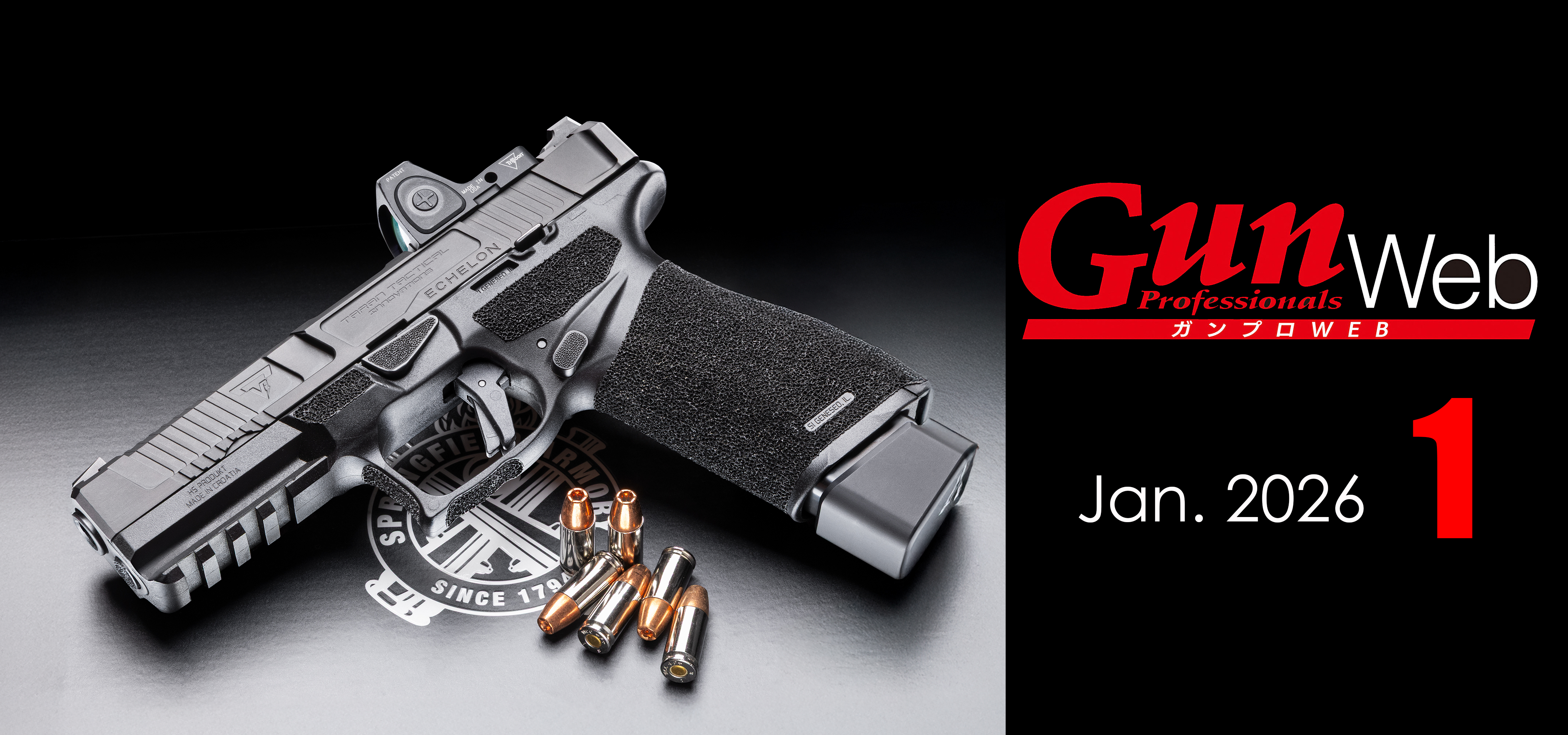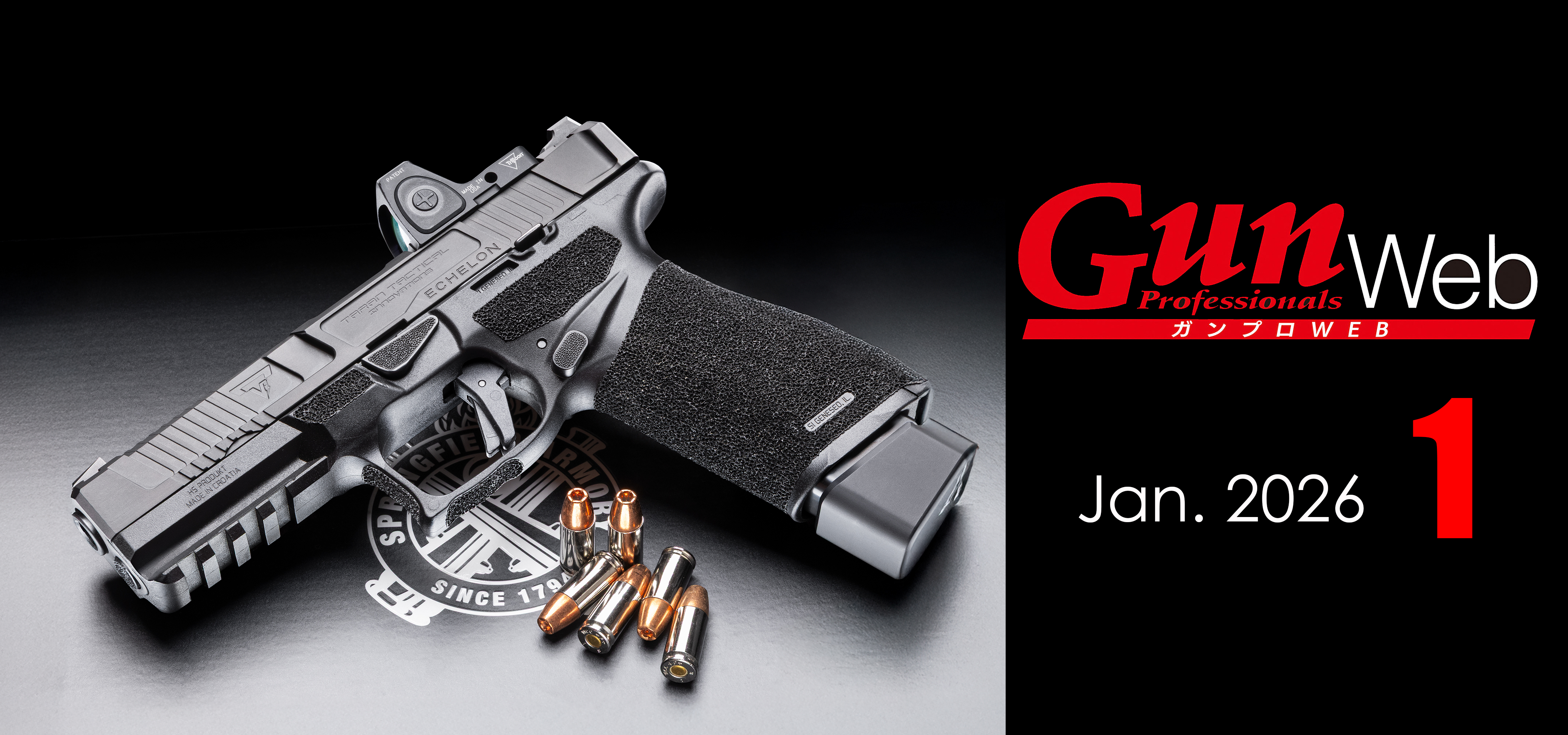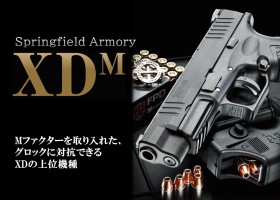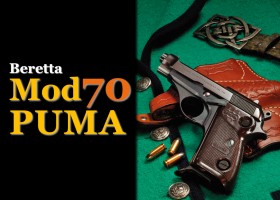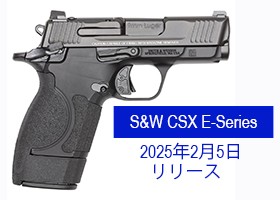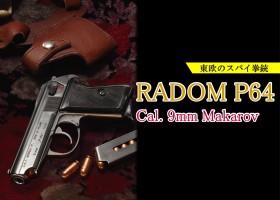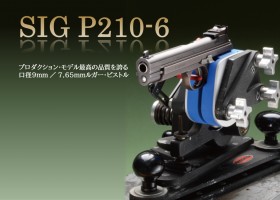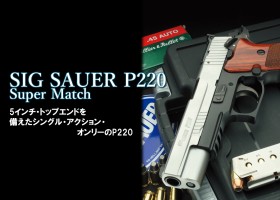2025/02/23
The Nambu Automatic Pistol: A Look at Japan's First Homegrown Semi-Auto(南部式自動拳銃大型 甲/乙 英訳版)
The exact start date for Tokyo Gas & Electric's production of the Nambu Automatic Pistol remains unclear.
Some American researchers believe that licensed production of the Nambu Automatic Pistol by Tokyo Gas & Electric began in 1909, around the same time as its selection by the Navy. However, I have some doubts about this theory.
My reasoning is as follows: The Tokyo Gas Company, the predecessor of Tokyo Gas & Electric, was founded in 1885. It wasn't until August of Meiji 43 (August 1910) that the company changed its name to Tokyo Gas & Electric Engineering Co., Ltd. Therefore, even if we estimate the earliest possible time, it is likely that production of the Nambu Automatic Pistol began sometime after 1911.
It's unlikely that the Tokyo Gas & Electric trademark (TGE) would have been stamped on the receiver of any Nambu Automatic Pistols produced before the company's name change.
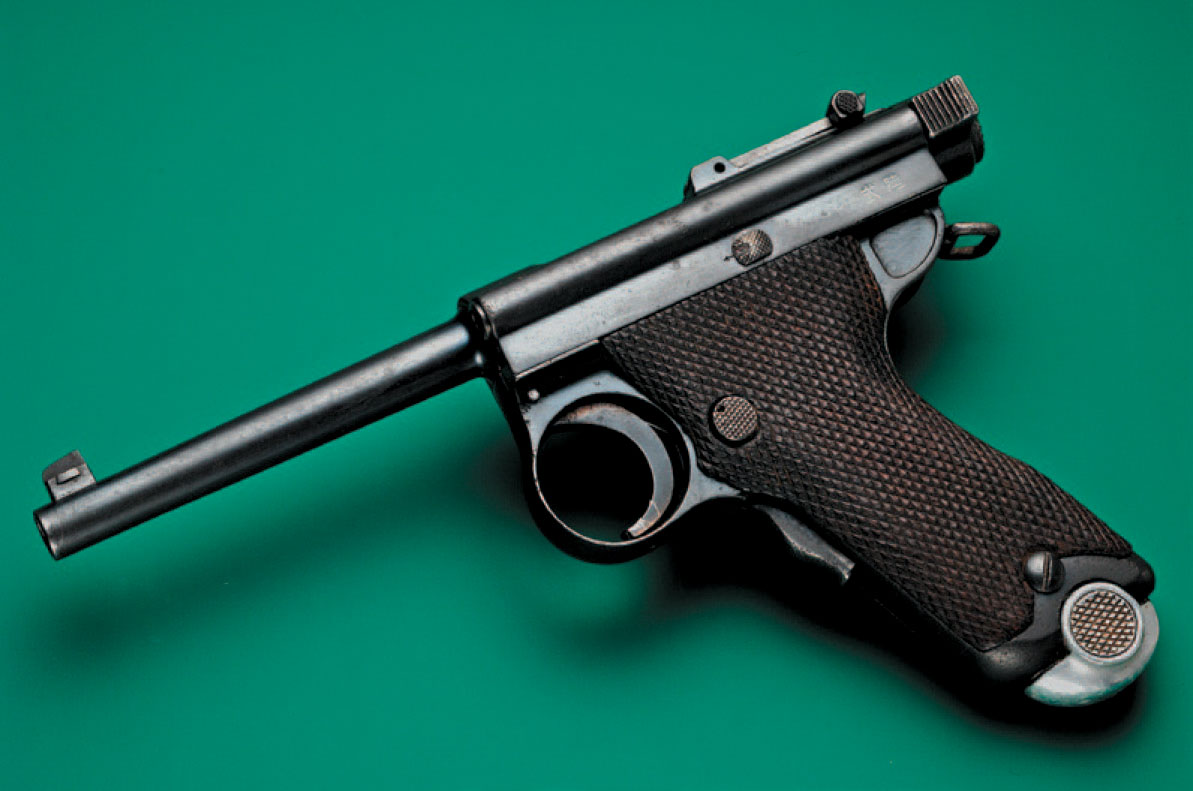
Nambu Automatic Pistols produced under license by Tokyo Gas & Electric are marked with the company's trademark: the letters "TGE" within a circle.
On the other hand, Nambu Automatic Pistols manufactured at the Tokyo Arsenal are stamped with the Arsenal's mark on the top front of the receiver: four cannonballs stacked and encircled by four interconnected rings viewed from above.
In addition, Nambu Automatic Pistols delivered to the Navy and issued as "Army Type Pistols" bear an anchor stamp on the right side of the receiver and the inscription "Army Type" on the left side.
The Tokyo Arsenal scaled back production of the Nambu Automatic Pistol around 1923 as research progressed on an improved version: the semi-automatic pistol that would later become the Type 14.
In 1926 (Taisho 14), this improved semi-automatic pistol was officially adopted by the Japanese Army as the Type 14 pistol.
To shift production to the Type 14 and also due to damage sustained in the Great Kanto Earthquake, the Tokyo Arsenal completely ceased production of the Nambu Automatic Pistol in 1926 (Taisho 15/Showa 1).
On the other hand, Tokyo Gas & Electric continued licensed production of the Nambu Automatic Pistol, likely until around 1928, even after the Tokyo Arsenal ended its production. This is why the Nambu Automatic Pistol was still listed in Tokyo Gas & Electric's product catalogs in the early 1930s.
It is also worth noting that some argue that Tokyo Gas & Electric did not manufacture all the parts for the Nambu Automatic Pistol from scratch. They suggest that the Tokyo Arsenal performed the initial machining of some key components and then supplied these semi-finished parts to Tokyo Gas & Electric for final finishing and assembly.
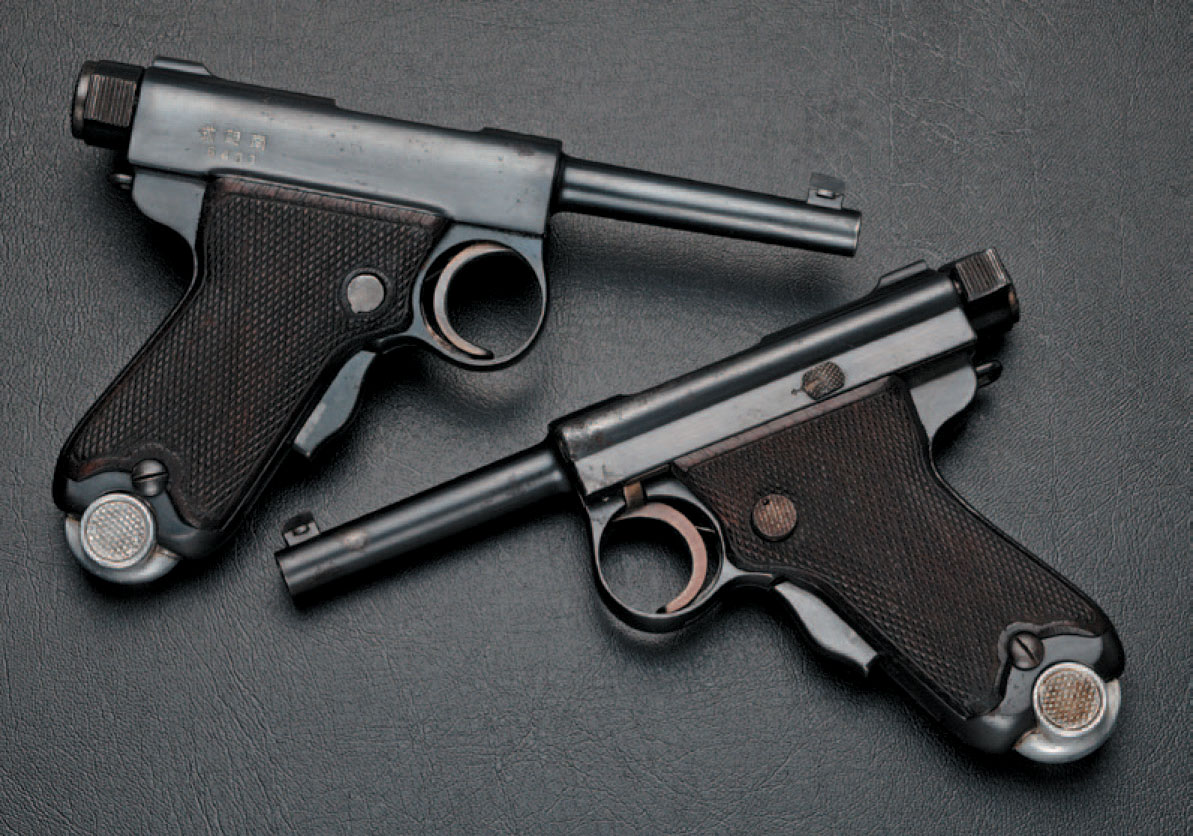
This is the argument put forth by an American researcher who examined the tool marks (traces of machining) left on many of the surviving Nambu Automatic Pistols.
It's true that machining small arms requires a number of specialized tools and cutting implements. Tokyo Gas & Electric, aside from the Nambu Automatic Pistol, did not produce other small arms. Therefore, it seems unlikely that they would have set up a complete production line with so many specialized machines just for this one pistol.
While there's no way to confirm this at present, this theory—that the Tokyo Arsenal supplied semi-finished major components and that Tokyo Gas & Electric then performed the final machining and assembly—makes a lot of sense.
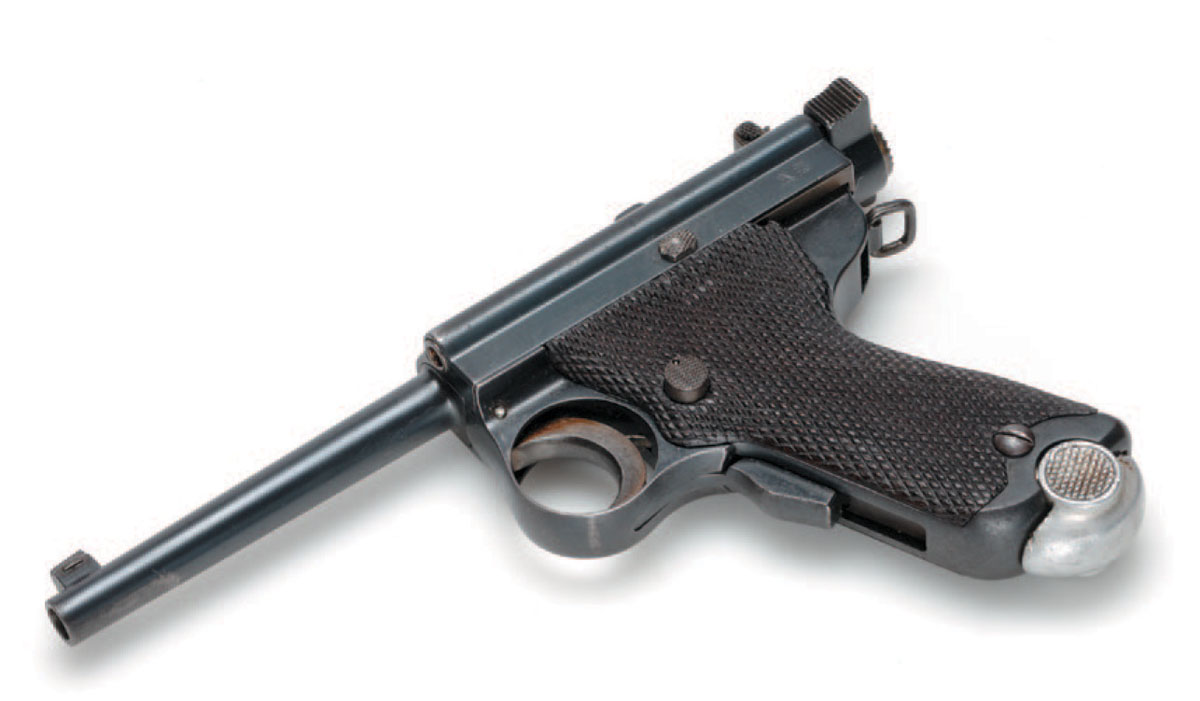
The Nambu Automatic Pistol was in production for over 20 years at two different facilities. During that time, it underwent several improvements, and a number of variations were produced.
There are many variations of the Nambu Automatic Pistol if you look closely.
However, to simplify things, they can be broadly divided into two categories, as already mentioned: those manufactured by the Tokyo Arsenal and those produced under license by Tokyo Gas & Electric.
Each of these manufacturers produced two versions of the Nambu Automatic Pistol: the large, full-size Nambu Automatic Pistol (Large Frame) that used 8 mm ammunition, and the miniature version, the Nambu Automatic Pistol (Small Frame), which used a smaller 7 mm cartridge. The Nambu Automatic Pistol (Small), which retained the exact mechanism of the 8 mm Nambu Automatic Pistol but in a smaller package, was designed by Kijiro Nambu as a pistol for officers.
The Nambu Automatic Pistol (Small Frame) was even used as a presentation gift, a "gift pistol" bestowed by the Emperor upon the top-ranked graduate of the Army War College.
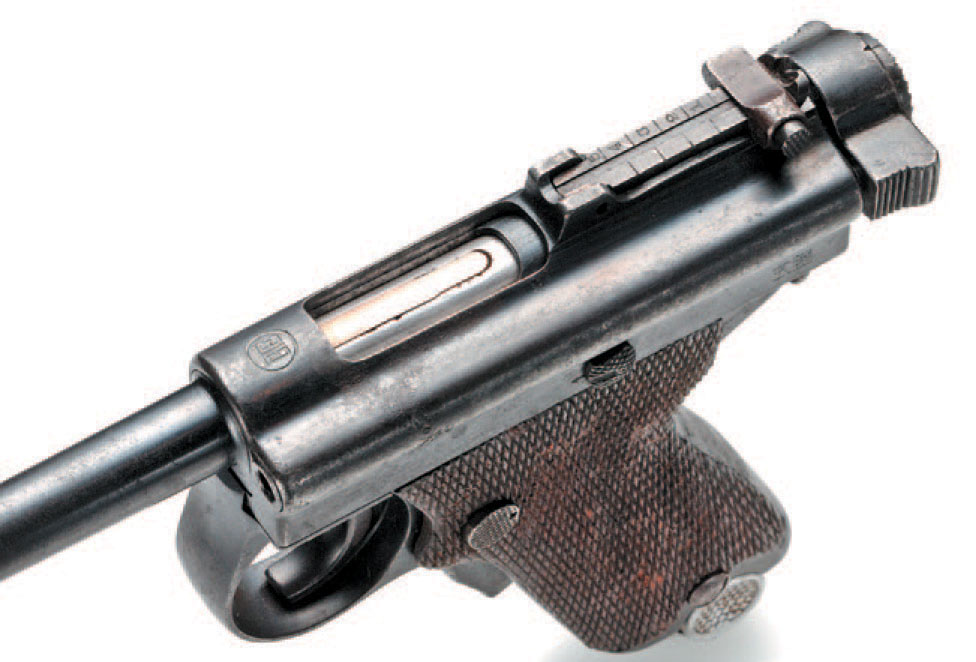
The Nambu Automatic Pistol (Large Frame) came in two main variations: the Type A and the Type B. The Type A was designed to be used with a walnut shoulder stock that also functioned as a holster. The Type B, on the other hand, did not have the slot (attachment groove) on the grip backstrap for attaching a shoulder stock and was instead carried in a leather holster.
The Type A, which came with the shoulder stock, can be further divided into two sub-variations: those with a smaller trigger guard, which were produced earlier, and those with a larger trigger guard, which were produced later.
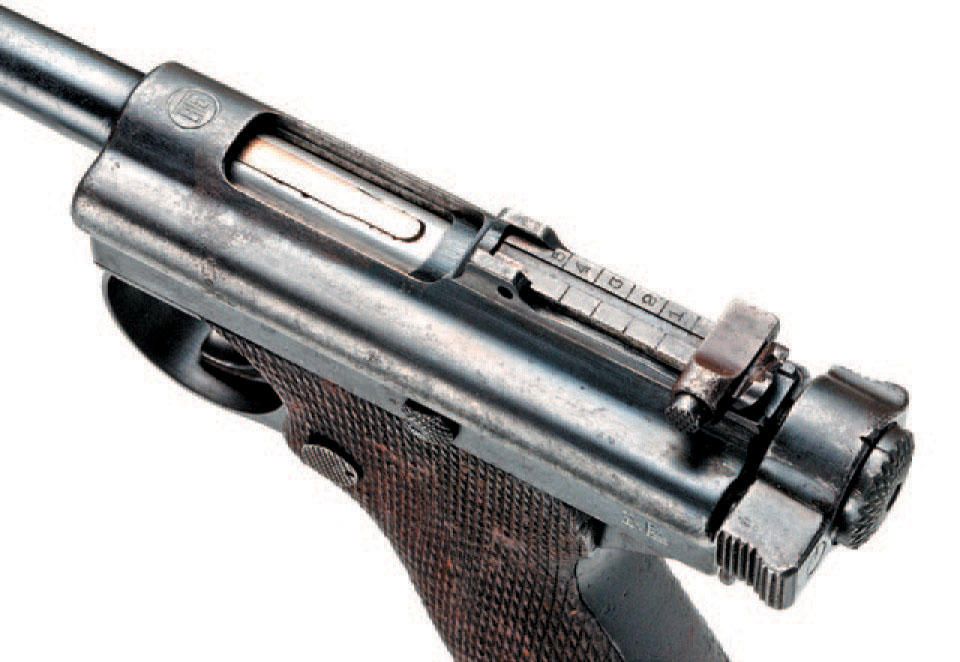
The initial version of the Nambu Automatic Pistol (Large Frame, Type A), distinguished by its smaller trigger guard, was supplied with magazines featuring walnut base plates.
The Type B, lacking the provision for a shoulder stock, featured two different grip frame designs. Some had a one-piece grip frame, while others utilized a two-piece design, manufactured in two halves and subsequently joined together with rivets.
This grip frame modification appears to be one of Kijiro Nambu's own innovations.
In his memoirs, a rare surviving document, he briefly notes that he "made some modifications to the large type with the aim of simplifying production." I believe this refers to the change from the one-piece grip frame, which was challenging to machine, to a two-part design that facilitated easier manufacturing and was then assembled.
Furthermore, some Type B pistols, which were incompatible with shoulder stocks, utilized repurposed Type A grip frames. On these modified pistols, the shoulder stock groove on the grip frame was filled with steel or aluminum to prevent the attachment of a shoulder stock.
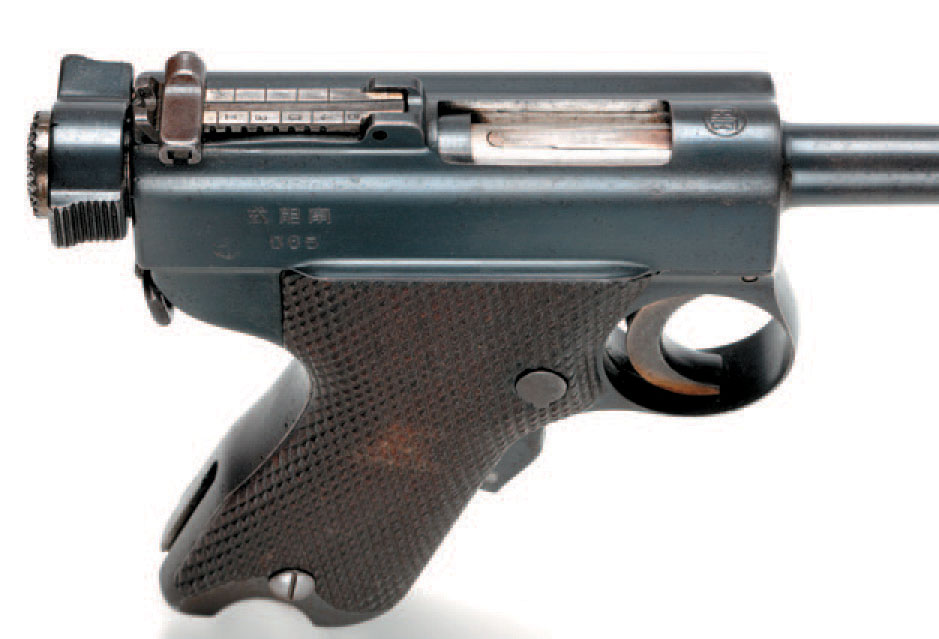
In the United States, home to the world's largest community of Nambu pistol collectors, these variations of the Nambu Automatic Pistol are often given nicknames. The Type A with the smaller trigger guard is called the "Grandpa Nambu." The Type B, with the larger trigger guard and generally without the shoulder stock capability, is known as the "Papa Nambu." And the 7 mm Nambu Automatic Pistol (Small Frame) is referred to as the "Baby Nambu." These are the main categories by which collectors classify them.
The total number of Nambu Automatic Pistols (Large Frame) produced is, again, unknown, as no official production records have ever been found.
However, we're not entirely without clues. Fortunately, pistols are engraved with unique serial numbers. These numbers are stamped on the guns to track manufacturing responsibility and sales records.
A single pistol's serial number doesn't tell us much. However, if many collectors share the serial numbers of the pistols in their collections, it becomes possible to estimate the total number produced.
Most manufacturers add some kind of code to their serial numbers, or skip numbers in the sequence, to prevent outsiders from easily determining the total production.
However, serial numbers are primarily for the manufacturer's own product management. Therefore, they are rarely completely random like a table of random numbers. In most cases, even with added codes to obscure the total production, the serial numbers themselves follow a sequential order.
In the United States, where there are many Nambu pistol collectors, some have taken on this challenge. Of course, it's not possible to get every serial number in sequence. But there's strength in numbers. By pooling the serial numbers of existing Nambu pistols owned by collectors, even with many gaps in the sequence, it might be possible to estimate the total production.
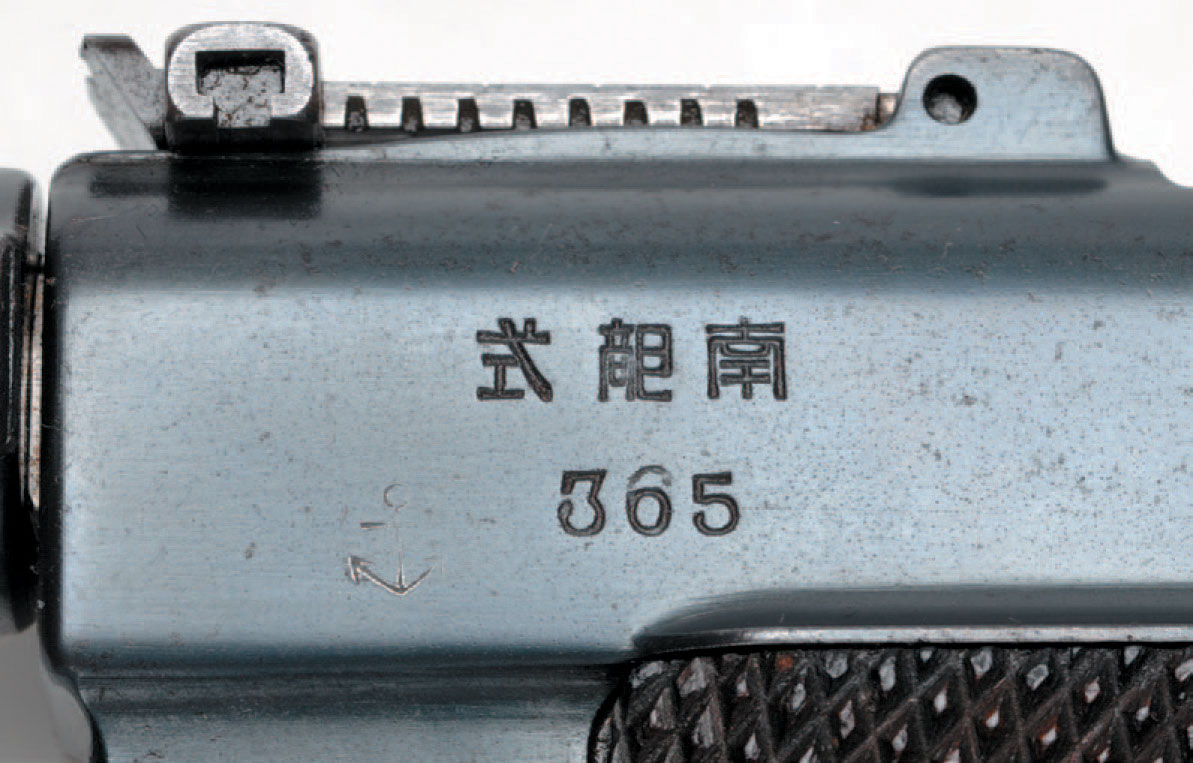
A survey of serial numbers from early Tokyo Arsenal-made Nambu Automatic Pistols (Large Frame, Type A) with the small trigger guard, owned by collectors, revealed an unbroken sequence from No. 1, with no duplicate numbers.
The lowest number found was 3, and the highest was 2354. Based on this, it's estimated that just under 2,400 of these early Type A pistols were produced by the Tokyo Arsenal.
The Tokyo Arsenal-made Nambu Automatic Pistol (Large Frame, Type B), which had the larger trigger guard and couldn't be fitted with a shoulder stock, as well as the Type B conversions from original Type A pistols, had the lowest serial number of 2460 and the highest of 7026. From this, it's estimated that just under 4,600 of these large trigger guard Type B Nambus (including conversions) were produced by the Tokyo Arsenal.
On the other hand, the serial numbers for the Nambu Automatic Pistol (Large Frame, Type B) licensed and produced by Tokyo Gas & Electric were not as straightforward as those from the Tokyo Arsenal. They also started at 1 and ran consecutively, with some gaps, up to the 4860s. After that, no serial numbers were found up to 8107, and then, after another gap, the sequence continued from 8107 to 8654.
This suggests that, either intentionally or for some other reason, Tokyo Gas & Electric skipped approximately 3,000 serial numbers, roughly from 5000 to 7999.
As a result, it is estimated that just under 5,700 Nambu Automatic Pistols (Large Frame, Type B) were manufactured by Tokyo Gas & Electric.
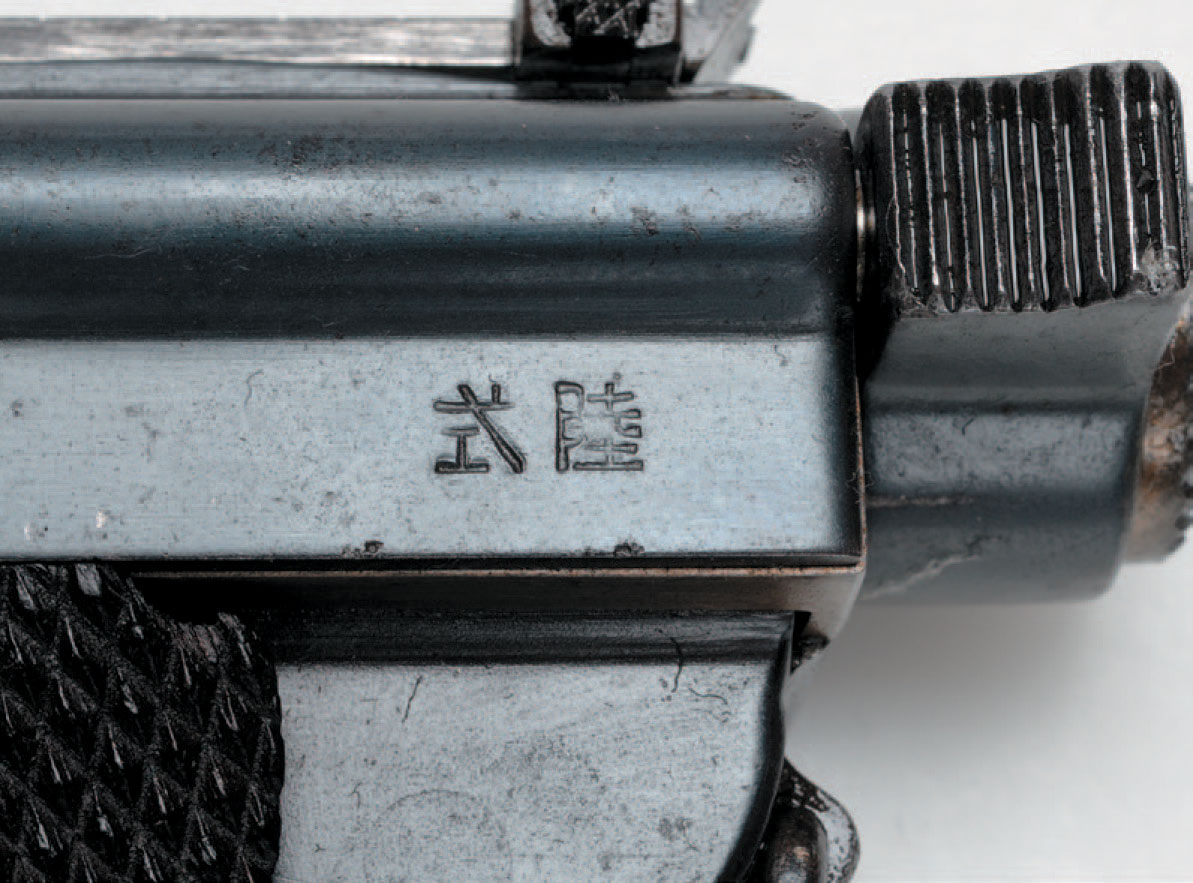
In summary, approximately 2,400 of the original Nambu Automatic Pistols (Large Frame) with the small trigger guard (Models A and B) were produced by the Tokyo Arsenal. Around 4,600 of the large trigger guard models (Type B, and some Type A conversions) were also made by the Tokyo Arsenal. Tokyo Gas & Electric produced about 5,700 Nambu Automatic Pistols (Large Frame). This brings the total estimated production of the Nambu Automatic Pistol (Large Frame) to just under 12,700.
Because no official production records have been found, the true number of Nambu Automatic Pistols (Large Frame) manufactured remains unknown.
However, the research done by American collectors is likely very close to the actual production numbers. We are grateful for their painstaking research and the cooperation of the American Nambu pistol collectors.
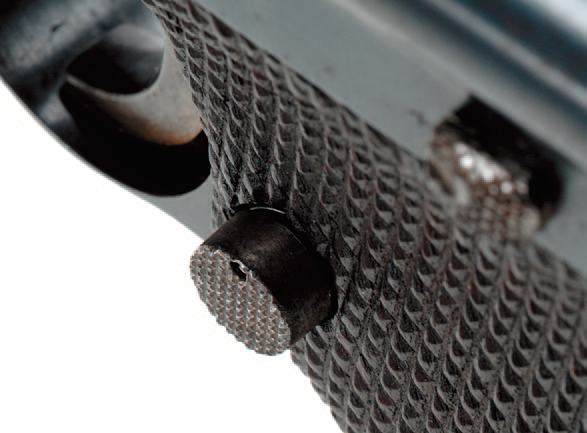

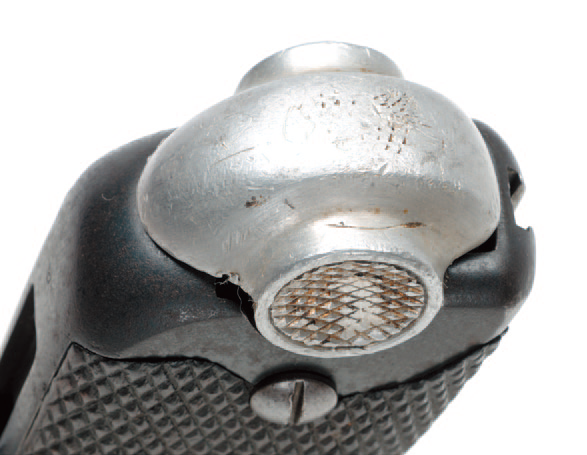
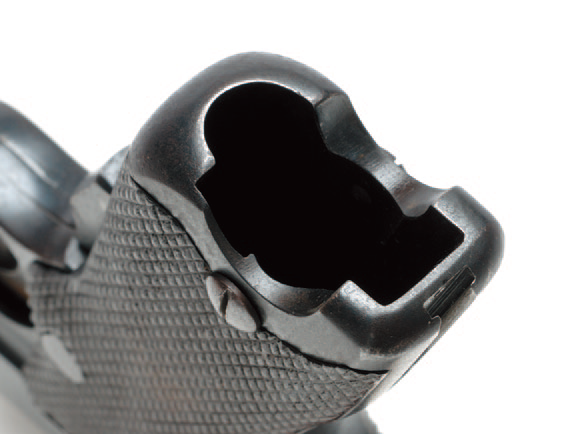
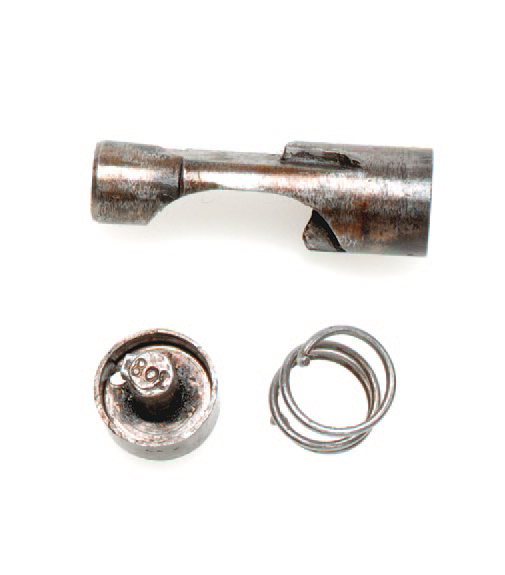
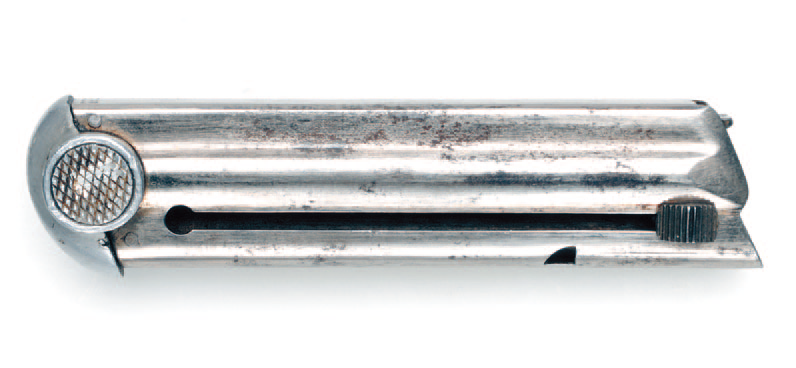
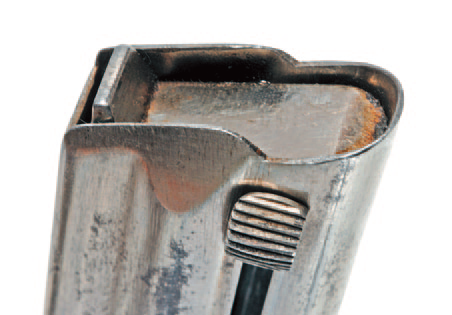
And that's perfectly fine. Almost no firearms designer creates a firearm entirely from scratch, with every single idea being 100% original.
Many firearms developers draw inspiration from the work of others, incorporating existing ideas into their own designs.
Looking back at the Nambu Automatic Pistol, it shares the common weaknesses of early semi-automatic pistols. But consider this: it was developed in Japan, far from the European centers of gun design, and only a few years after the Parabellum pistol was perfected. The fact that a young man, just over 30 years old, developed this pistol based on his own ideas is truly remarkable and deserves recognition.
